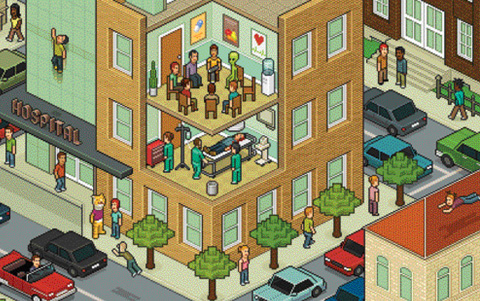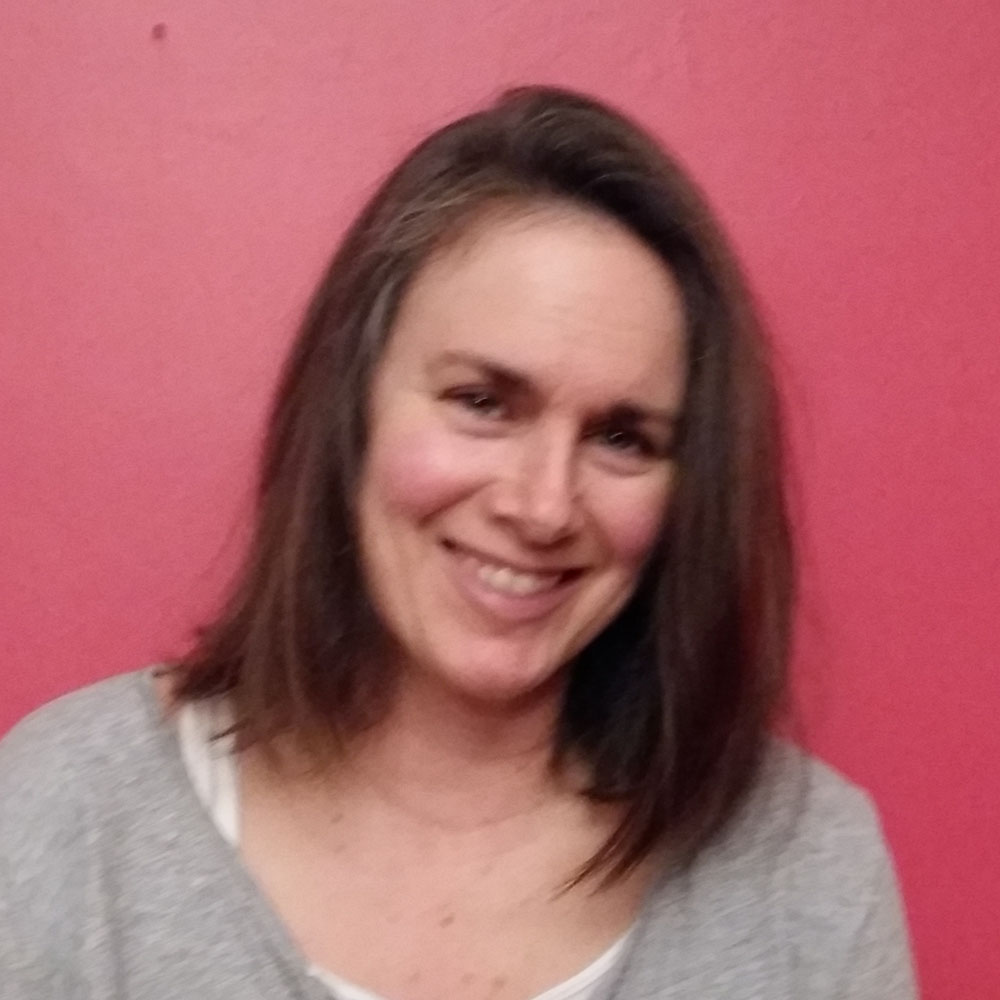Public health officials will stop at nothing to get their point across. They bombard you with radio messages, sneak posters into bathroom stalls and plaster grotesque warnings on cigarette packages. Now they’ve begun to invade the virtual world as well.
Jennifer Keelan, an assistant professor at U of T’s Dalla Lana School of Public Health, wanted to know whether virtual worlds might offer new opportunities for evaluating how effective public health messages are. So she decided to spend time in a virtual world known as Second Life, with little concept of how it operated. “We weren’t sure what we were going to find,” she says. Second Life is an online world where “avatars” − alter egos created and controlled by real people − live, work and play. Almost one million people worldwide are “residents,” and can do worldly things such as buy property (mostly waterfront) and have an affair, or otherworldly ones, such as fly, teleport and change their body shape.
Together with colleague Leslie Beard, Keelan created a female avatar named Ellebee Helendale. When Ellebee surveyed what kinds of Second Life public health resources existed, she found everything from information to support groups, marketing to medical training.
To test Second Life’s potential as a place to conduct research, Keelan ran a focus group on parental attitudes toward vaccination, to see if focus groups with avatars could work as well as they do with real people. The task was not easy. For one thing, recruiting participants in Second Life itself proved impossible; in the end, they had to turn to online support groups and even hang posters in places such as Starbucks, where new parents congregate. Also, most of the 18 parents who participated had little experience with Second Life, and found it hard to physically control their avatars – they had trouble getting their clothes on, for instance, and kept bumping into others at the sessions. “The startup is hard,” Keelan admits. “It’s very fussy getting an avatar up.”
But despite the pitfalls, Keelan thinks Second Life and other online communities hold enormous research potential. For one thing, there would be cost savings: “You don’t have to travel to interact and meet,” she points out, as the Second Life experience gives users the sense of interacting face to face. The researchers also see anonymity as a huge plus, allowing people to be more open about how they feel – and about learning new things or asking questions – without fear of repercussions. “What implications will that have for people with STDs? For experimentation with safe sex practices? For professional women who don’t want their health status known?” Keelan wonders.
Best of all, studies have indicated that what people learn in the virtual world transfers to the real one. So if public health messages can’t reach people in this life, maybe they can in another.
Recent Posts
U of T’s 197th Birthday Quiz
Test your knowledge of all things U of T in honour of the university’s 197th anniversary on March 15!
Are Cold Plunges Good for You?
Research suggests they are, in three ways
Work Has Changed. So Have the Qualities of Good Leadership
Rapid shifts in everything from technology to employee expectations are pressuring leaders to constantly adapt






